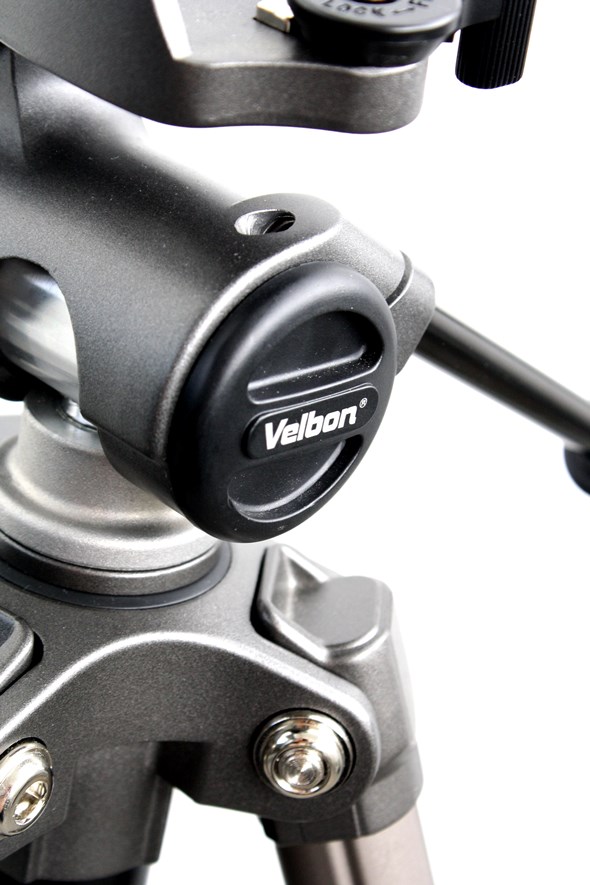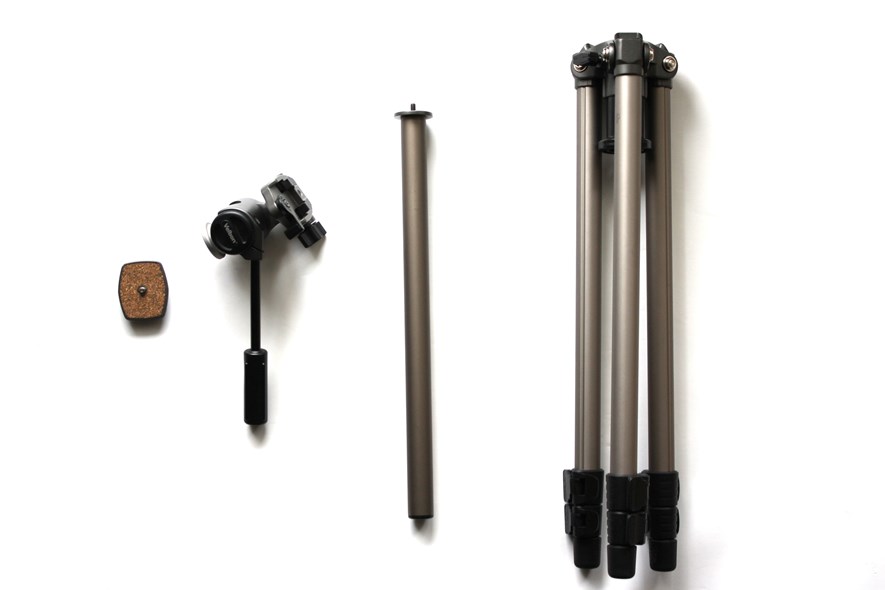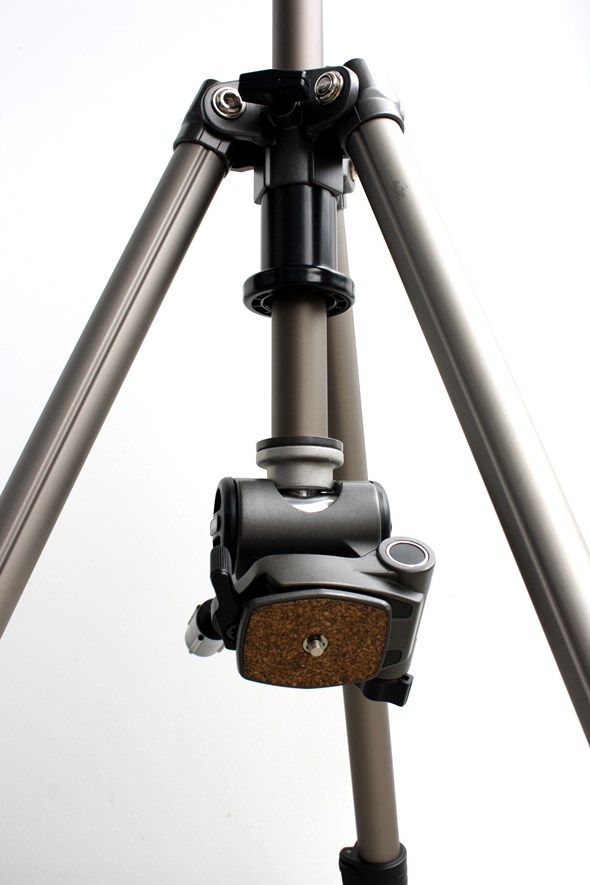
Velbon Sherpa 200R Review
Tripods: Like monopods, but triple the fun
Shooting under low-light conditions is hard. I have mentioned optical stabilizing earlier, which helps prevent camera shake down to 1/10th or so. But after that, you will have to resort to what photographers have done for years - using a tripod.
I got the Velbon Sherpa 200R a while ago and I thought I could share my thoughts on it. This review may not be very in-depth - all I can really compare it to is my old tripod which was mostly plastic. This is definitely better - although heavier - stuff. Read on for more.
In the box
When I opened the box, I found... well, the tripod. Nothing else, except some cardboard.

Basic specs
- Head type: Pan head (PH-157Q)
- Max height: 167.5 cm
- Lowest height: 59 cm (or 0 cm with center column upside down)
- Weight: 2 kg
Disassembly
The tripod can be disassembled into four parts; the quick release, the head, the center column, and the legs. Separating the middle column from the legs (or removing the head) makes the tripod some 10 cm (4 inches) shorter which could be useful when travelling.
Since the head can be removed, it should be possible to replace it with some other type. The center column has a standard 3/8-16 screw on top.

Using it
Being a no-frills tripod, everything works as expected. Just mount the camera to the quick release and attach it to the head, where it snaps firmly into place.
The Sherpa 200R comes with a PH-157Q panhead. It feels both smooth and stable. However, it cannot be locked into a "horizontal-only mode". With my old tripod, turning the handle would only allow horizontal panning, and there was an extra knob for vertical panning. But that was mostly annoying, I like the Sherpa better where just using the handle allows both. Update: As reader Chris W pointed out in the comments, you can loosen the bolt that secures the centre column to use the tripod for horizontal panning. Thanks!
The head can also be flipped on the side to allow vertical shots. My old tripod had serious creep problems (camera slowly turning downwards) when used this way. With the 200R, I have no such issues, even with the Tamron 18-270 (which I consider to be quite heavy for a consumer lens).

Something I really liked about the 200R is that you can turn the center column around, which enables you to mount the camera upside down and shoot very close to the ground. (It actually reaches all the way down.) Of course, this makes operating the camera a bit more tricky as well, but it works.
Using it the "regular" way, it goes down to 59cm (about 2 feet). On more expensive models, the column can be split in two and the legs spread further apart, going down to about half of that.

The legs have three sections. Fully extended (including center column) it reaches up to 167.5 cm (roughly 5.5 feet). This is plenty enough for me, and at this height, it still feels very stable.

Conclusion
Pros
- Sturdy, stable
- Center column can be flipped
- Good value (around 60 EUR)
Cons
- No bubble level
- Flipping the head for vertical shots inconvenient, ball head would probably have been better
- A bit big and heavy (personal preference I guess)
What makes a good tripod? I guess it depends on your needs. If you are just starting out, or you want to replace that cheap plastic-only head tripod of yours, the Velbon Sherpa 200R is a stable, versatile and cheap solution. Recommended.
3 Comments
Subscribe to new comments by RSS